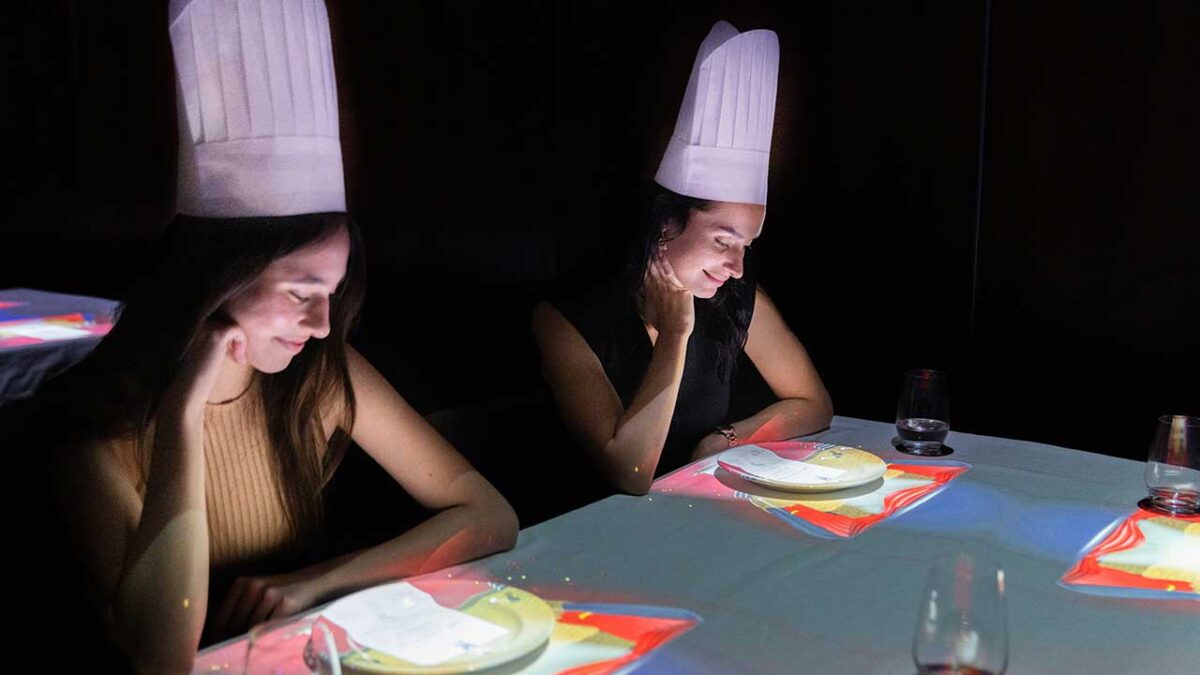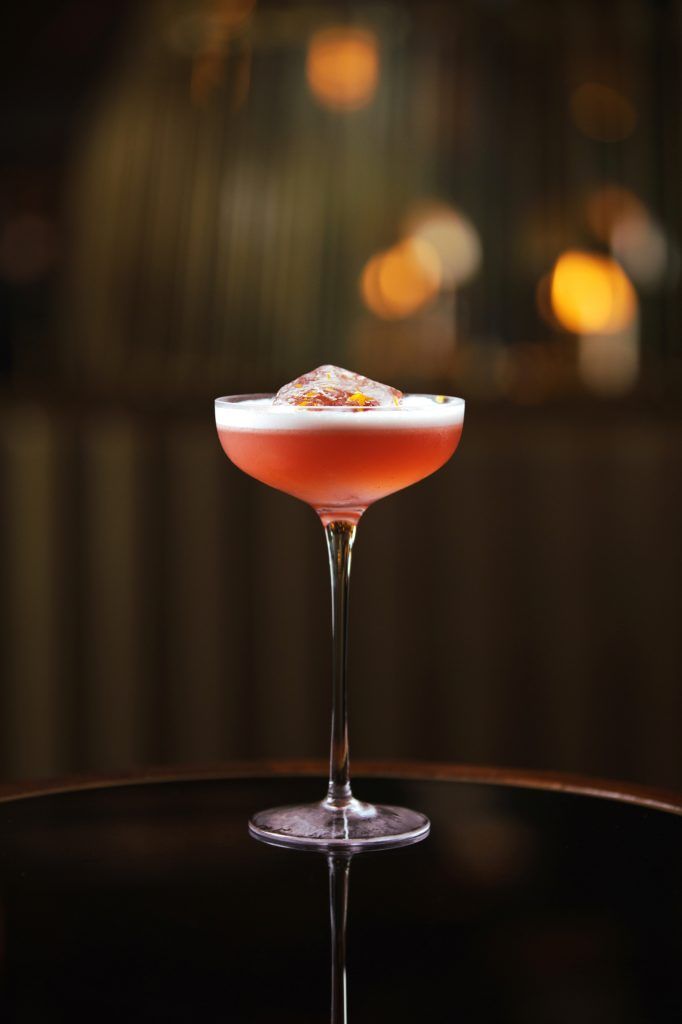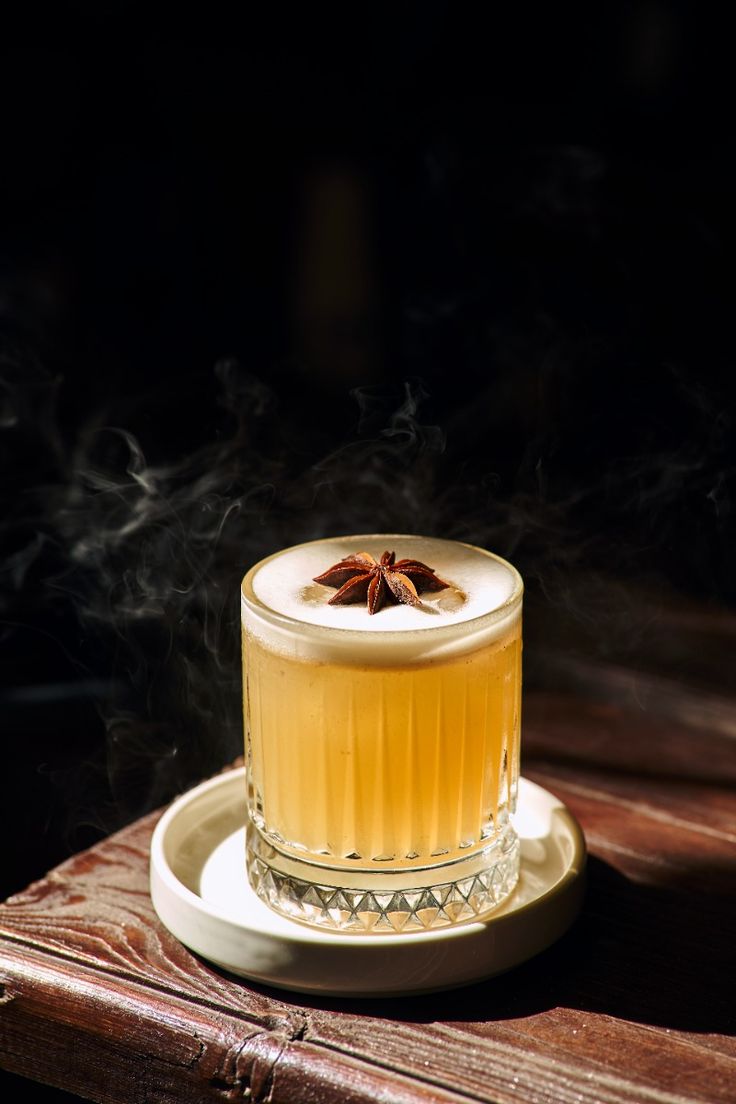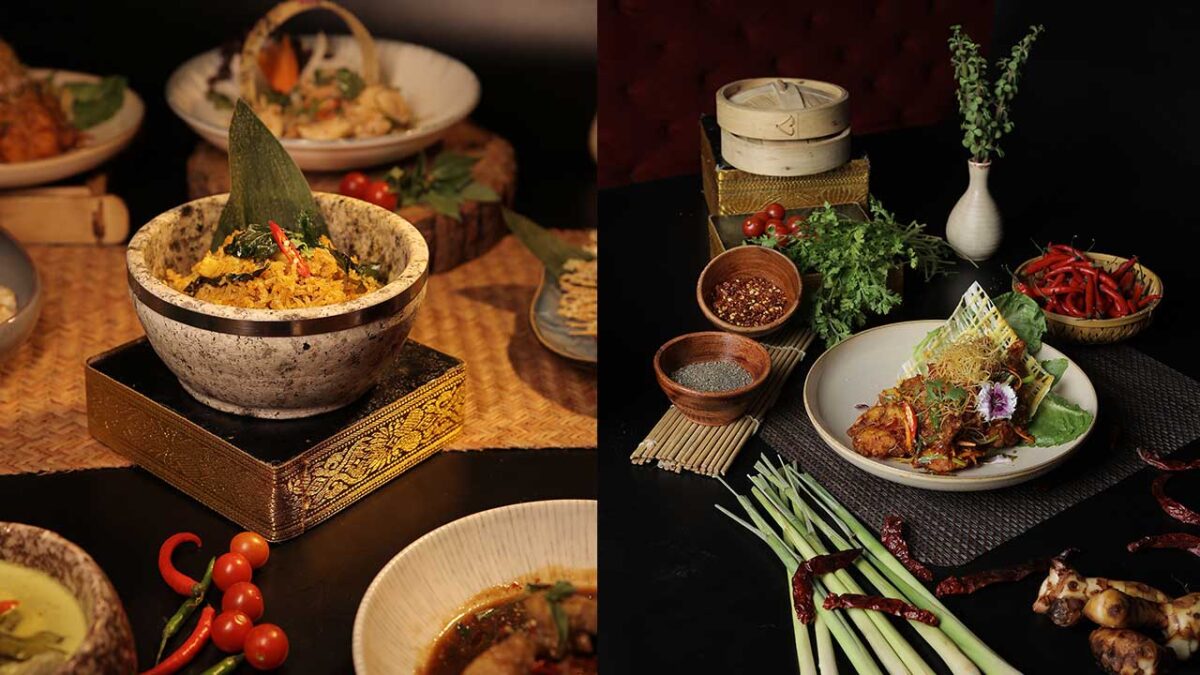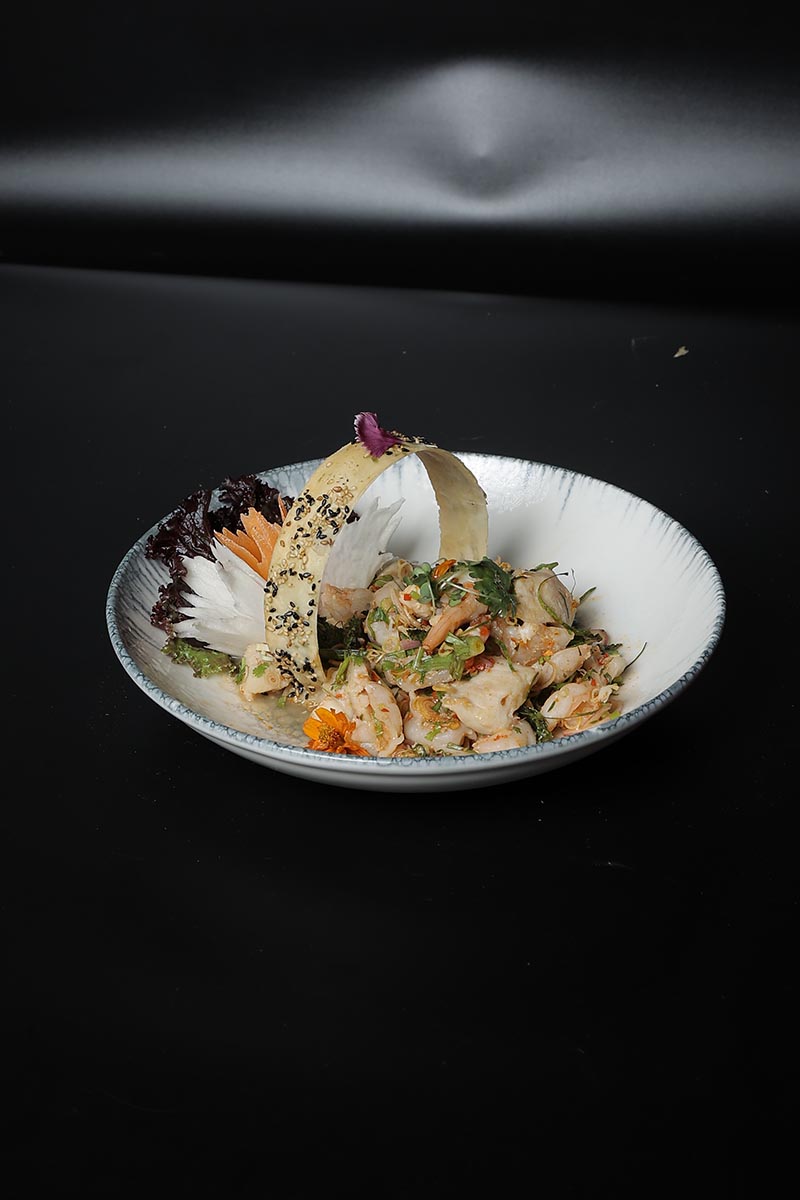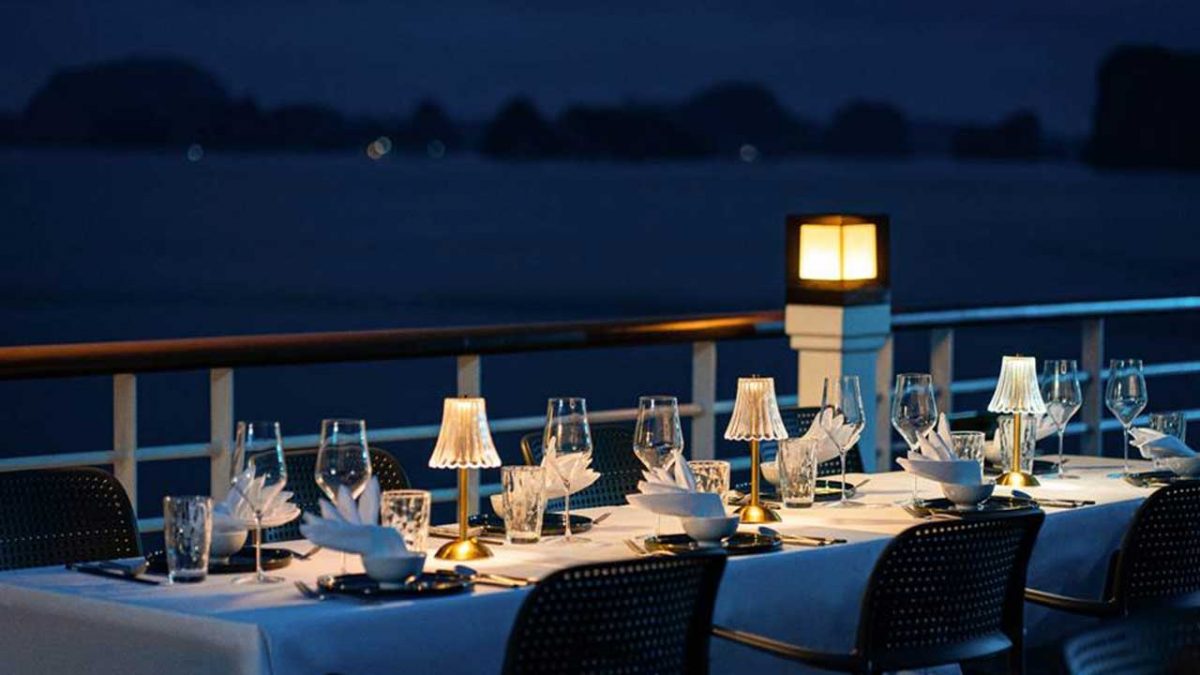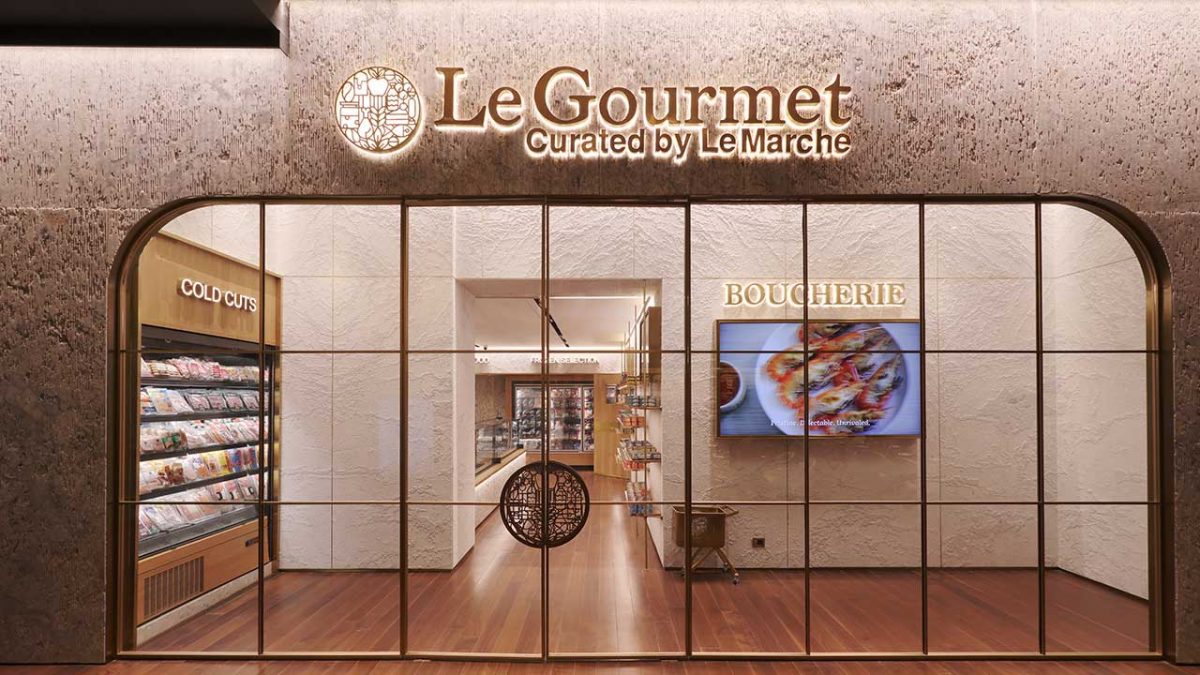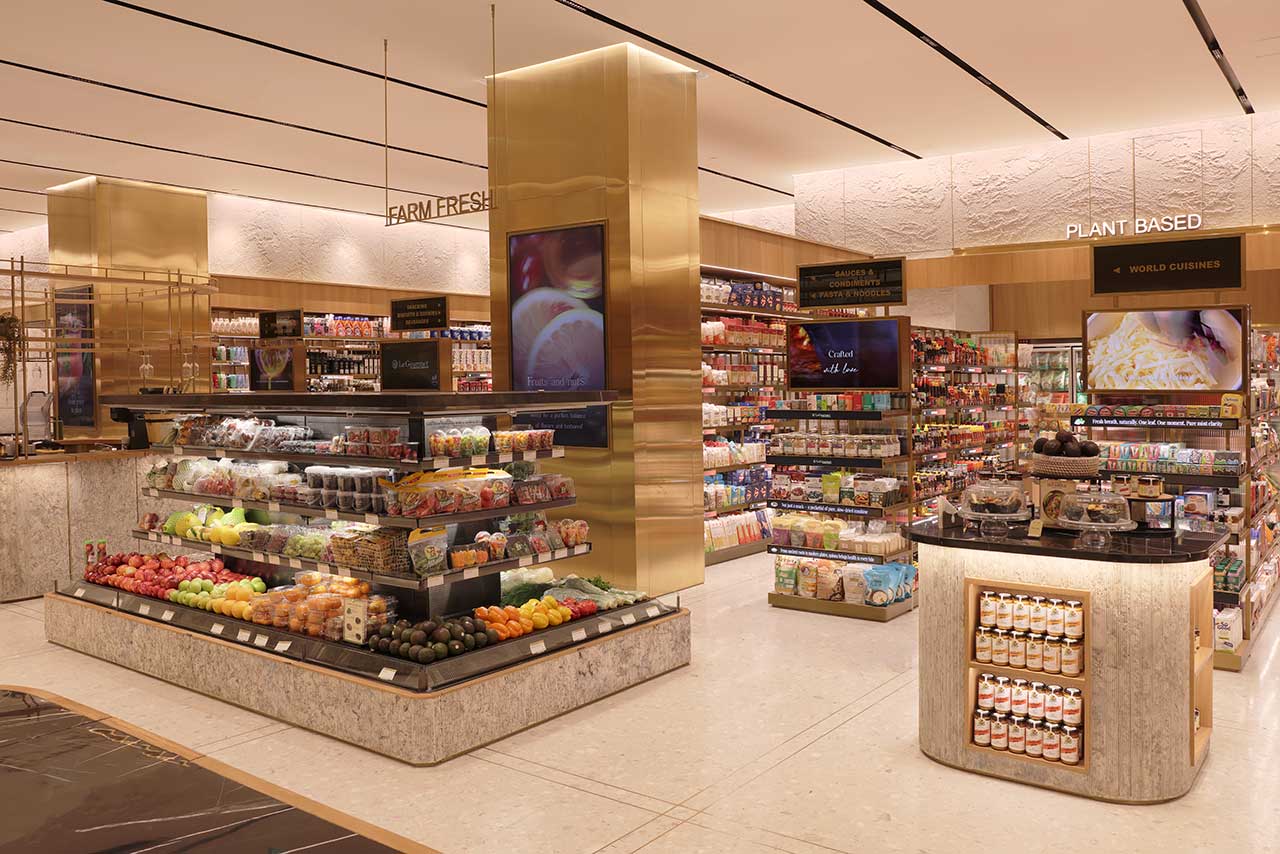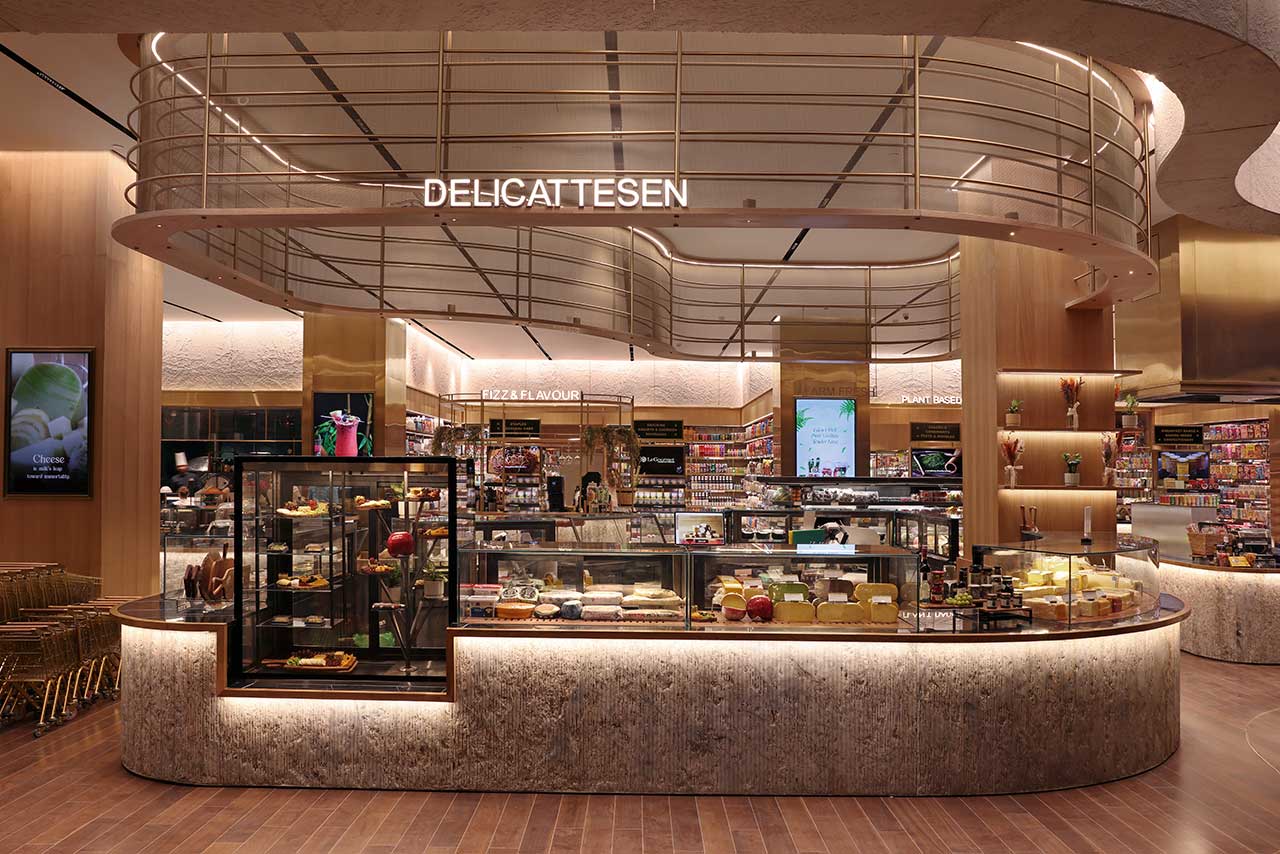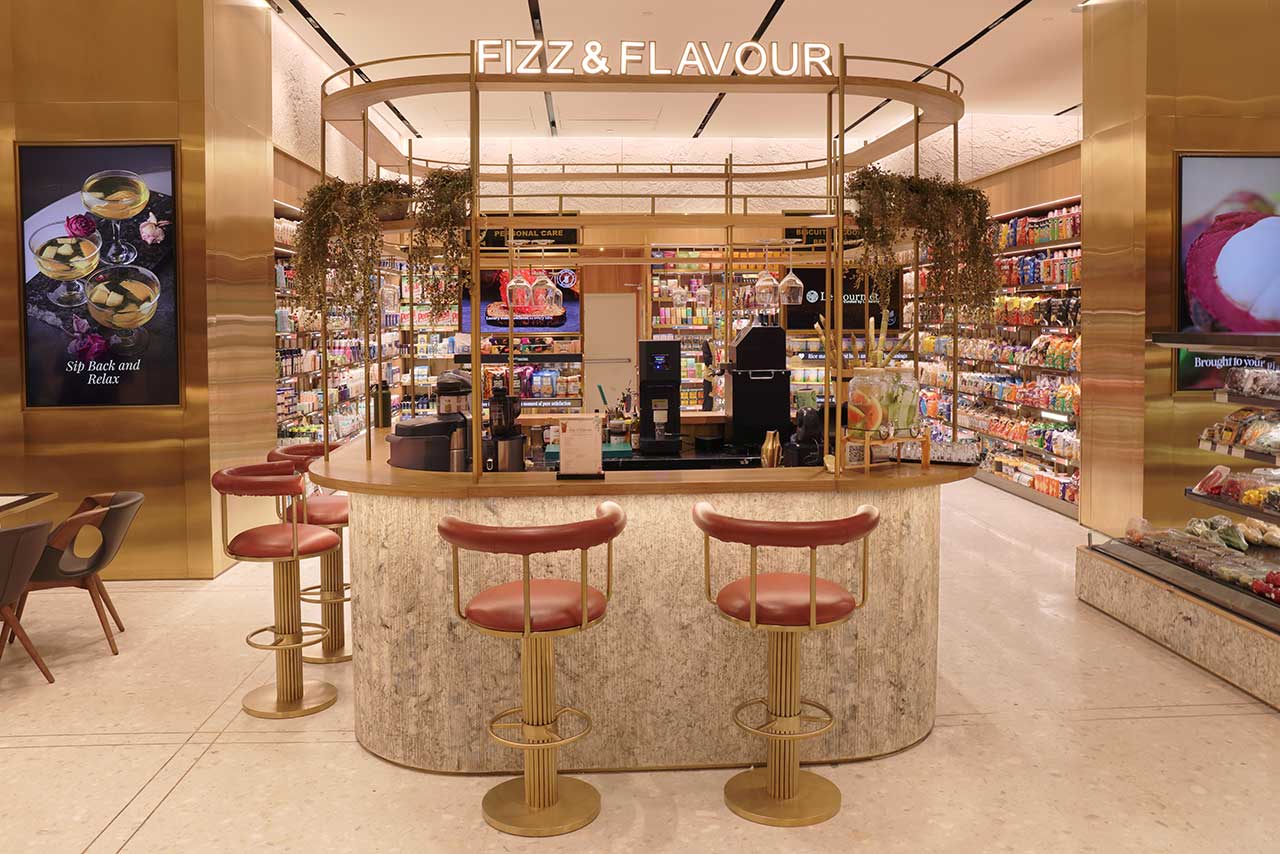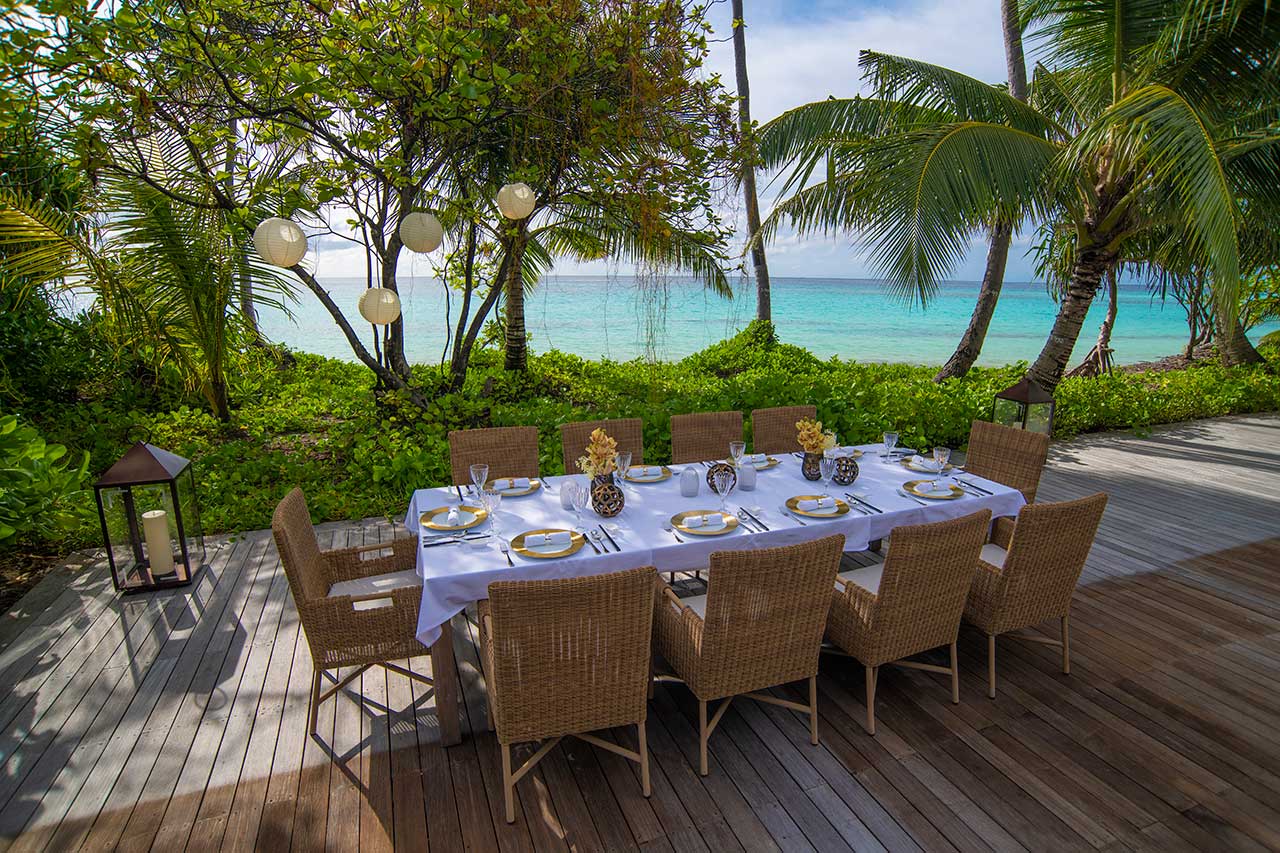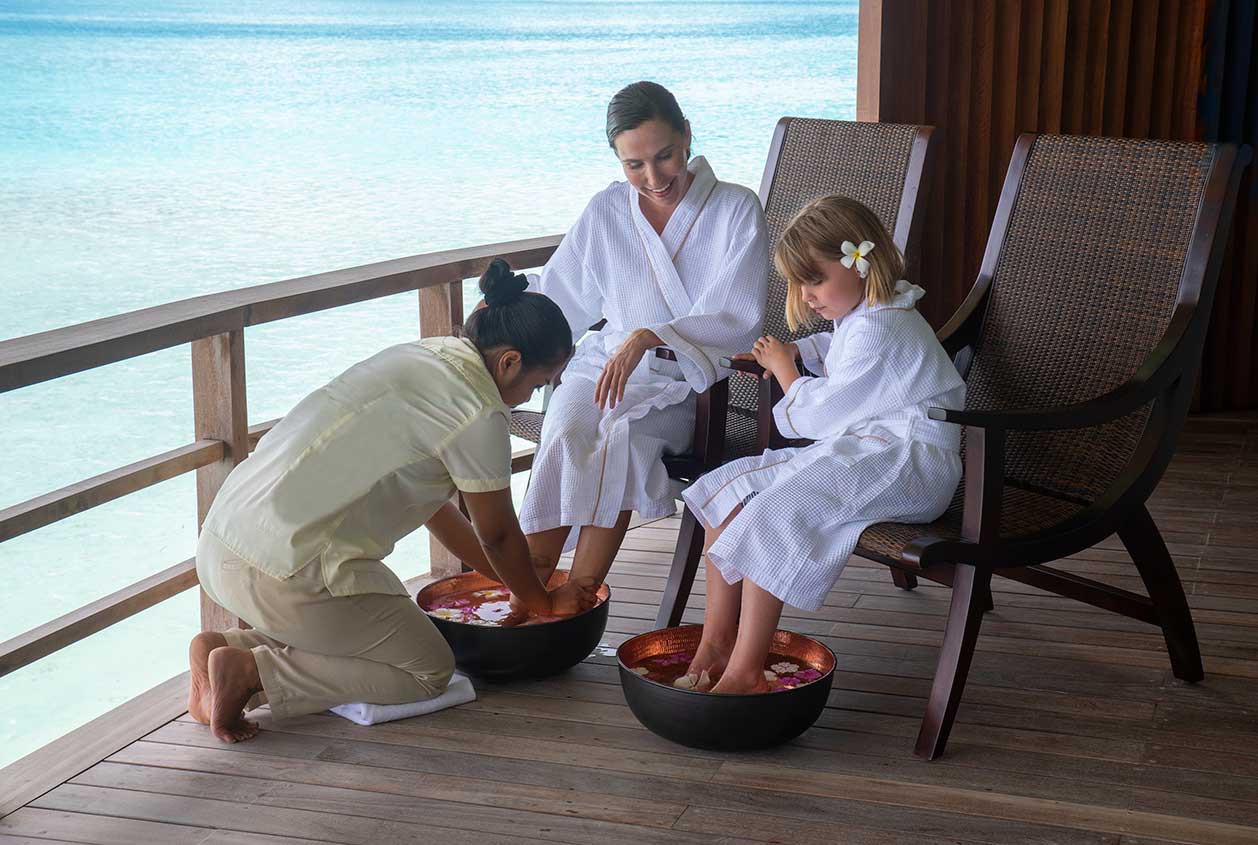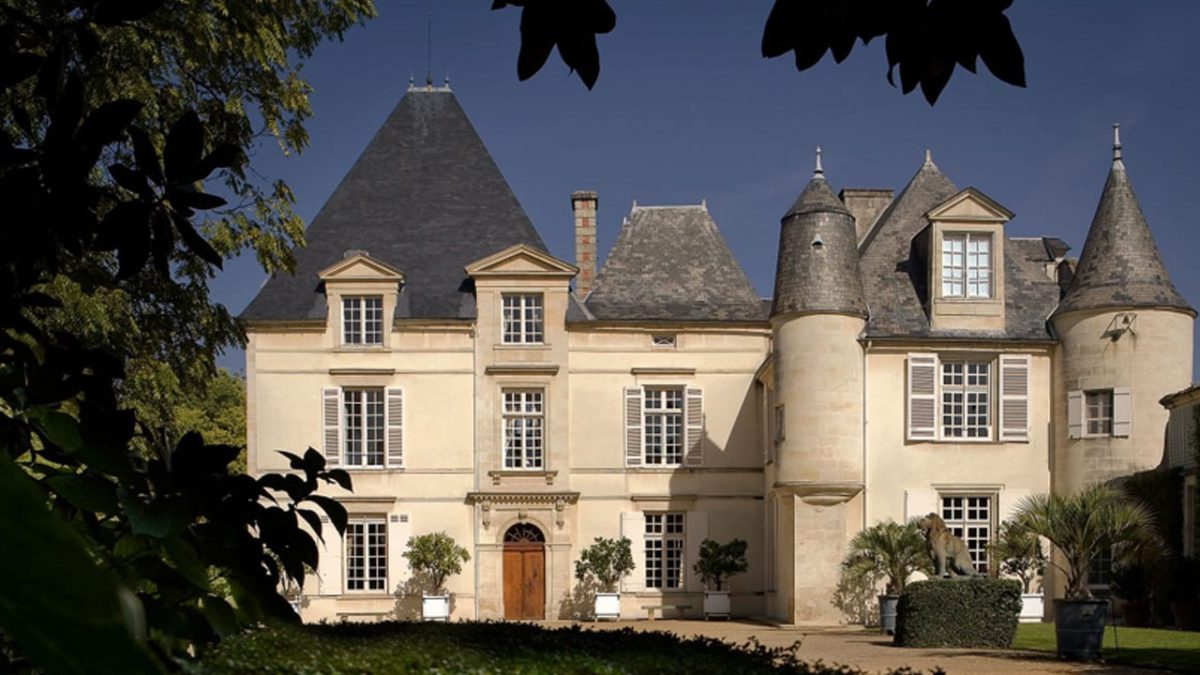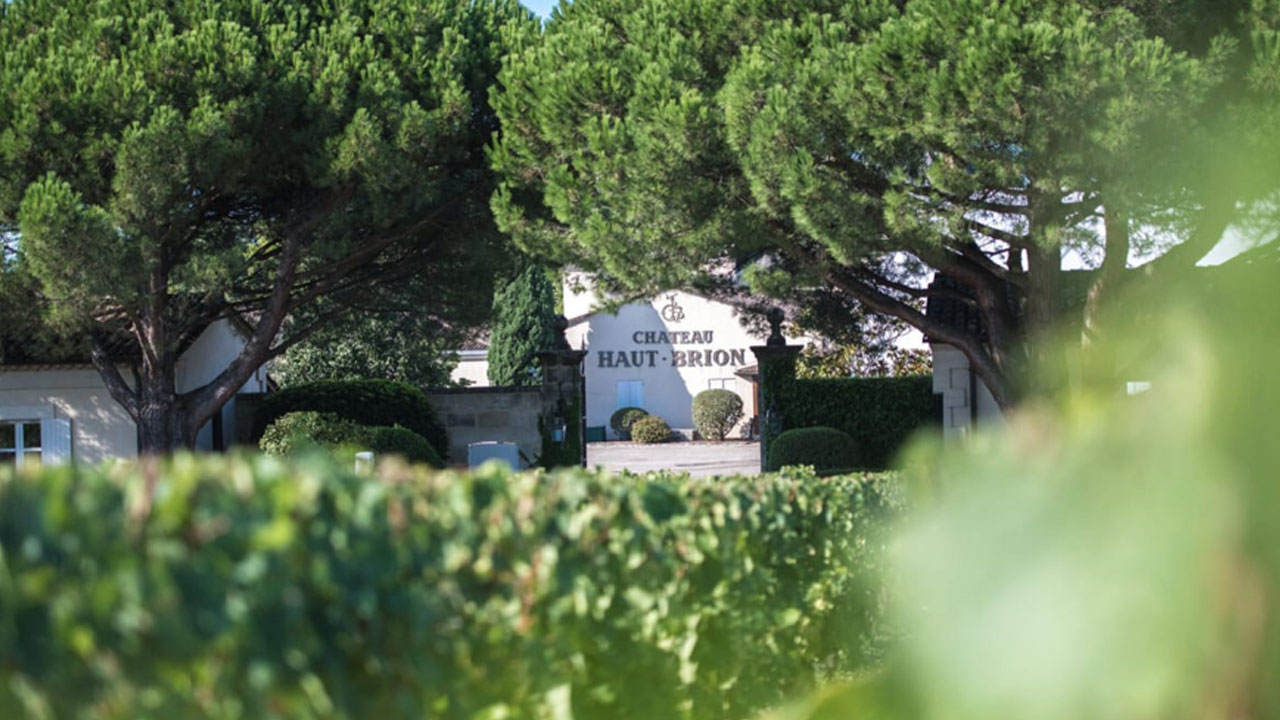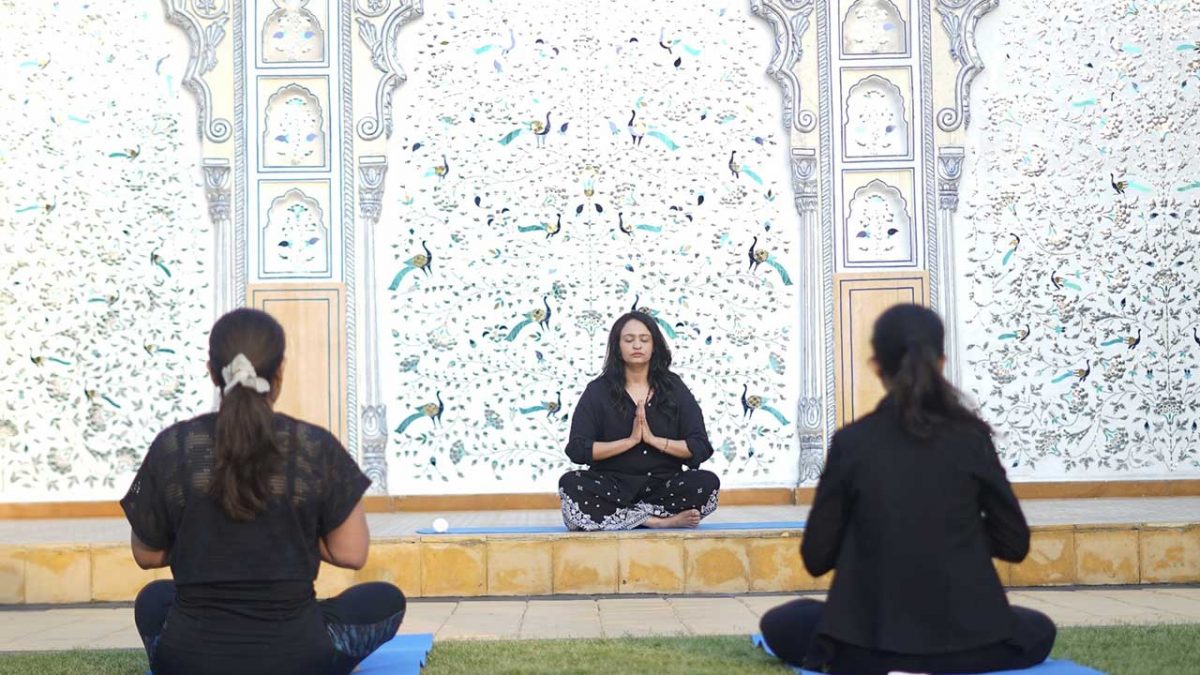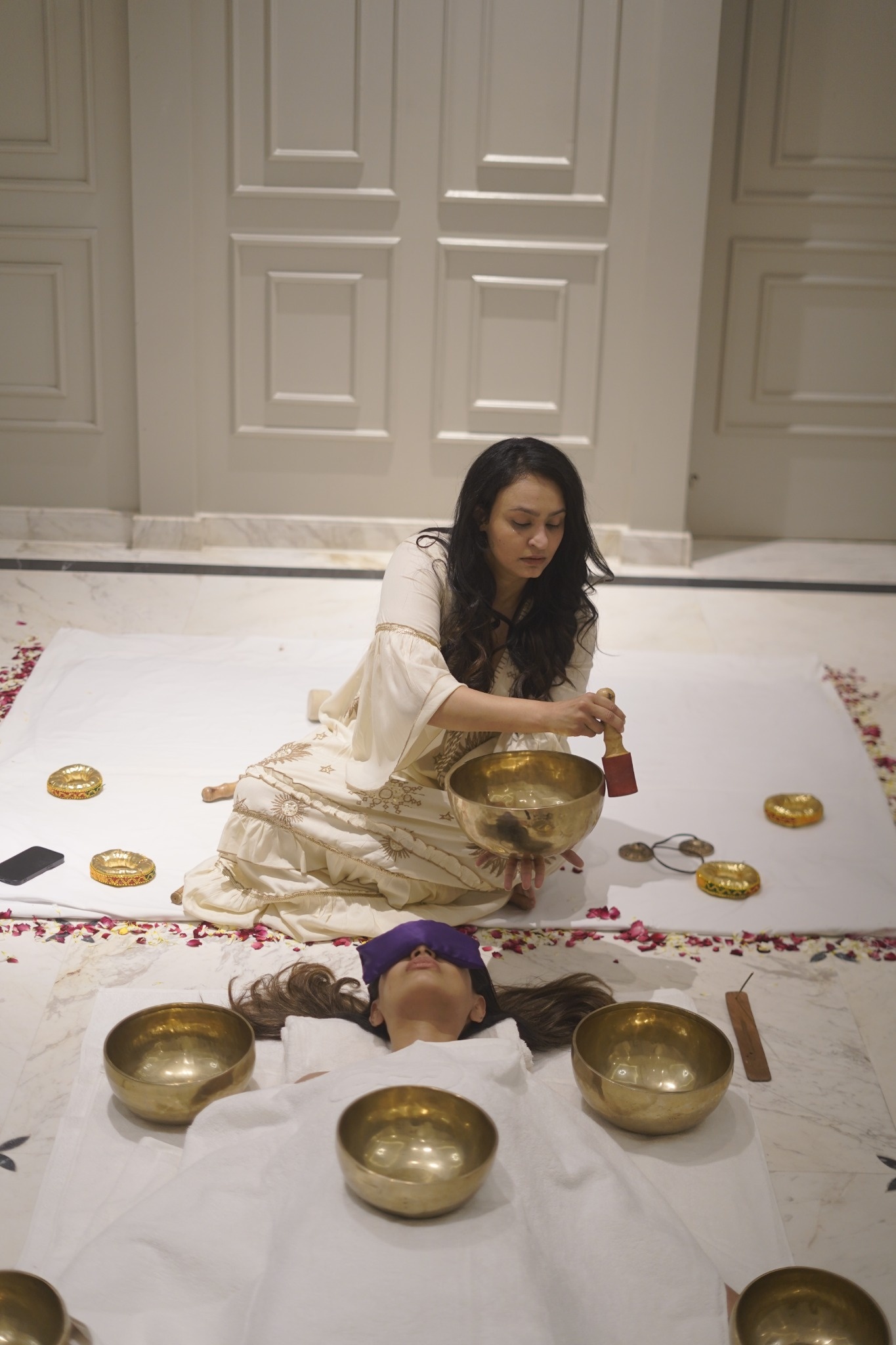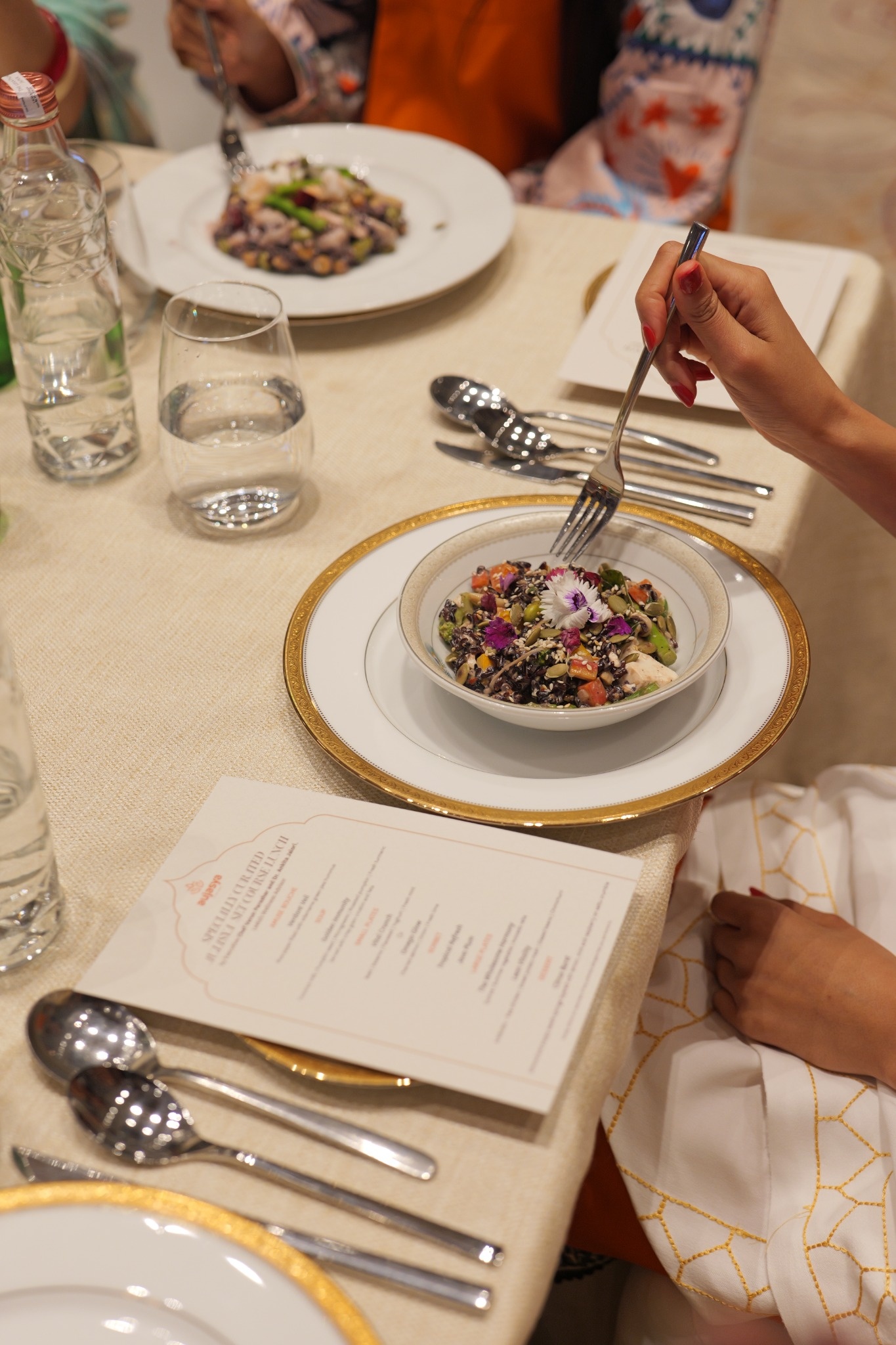As fine-dining culture in India evolves, the plate is no longer just a place for flavour but a live stage for drama, creativity, and immersive storytelling. What we’re witnessing in contemporary Indian gastronomy is not a borrowed trend from global culinary scenes, but a refined return to our own roots, re-imagined with precision, polish and purpose.
Across India’s top restaurants, chefs are transforming meals into multisensory experiences. Every detail, from plateware to plating, is being thoughtfully curated to narrate a story—of place, of memory, and of feeling.
The Luxe Café delves into the creative minds of India’s leading chefs to explore how they’re infusing theatrical flair and cultural depth into every course.
Blockbuster meals
The world is changing and so are diners. Today’s guests seek more than just delicious food; they crave stories, emotions, and experiences plated with intention.
Chef Gagandeep Singh Sawhney, Executive Chef at Shangri-La Eros New Delhi, views this shift as a natural evolution.

“I see this shift not just as a response to global trends but as something that resonates with our own way of enjoying food, where it’s never just about what’s on the plate, but how it makes you feel. In fine dining today, visual drama and storytelling play a huge role,” he explains.
Guests want to go on a journey and they are drawn to the dishes presented with elements and props that reflect the culture and uniqueness of a region.
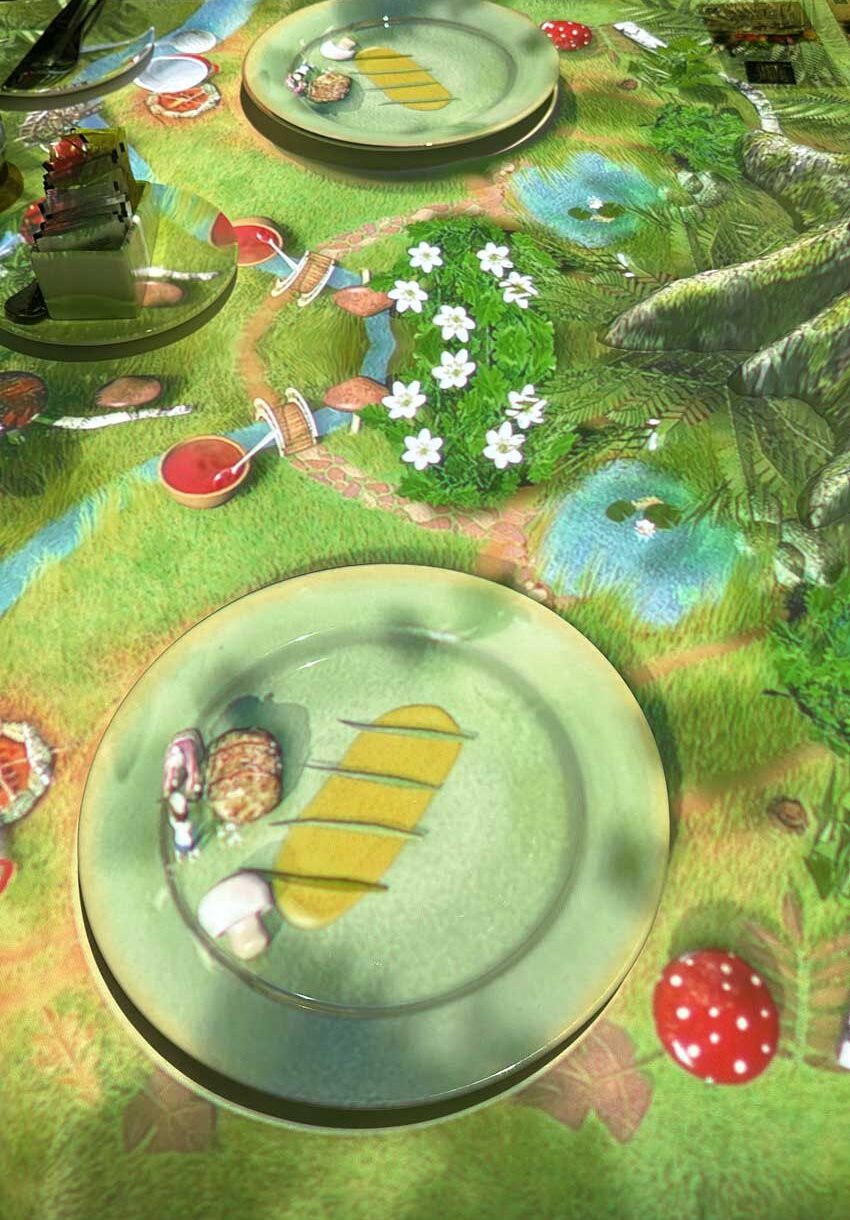
“As chefs, we put a lot of thought into creating a concept, imagining about how the story will unfold on the plate, and then selecting the right plateware and props to enrich that experience. Striking the right balance between spectacle and substance is key — at the end of the day, the food has to shine. I don’t believe every course needs to be heavy on props. In fact, some dishes are best kept simple, with beautiful plateware doing the talking,” Sawhney adds.
A twist in the tale
Chef Shantanu Mehrotra, executive chef at Indian Accent, Delhi, believes that visual storytelling has always been an intrinsic part of Indian cuisine.
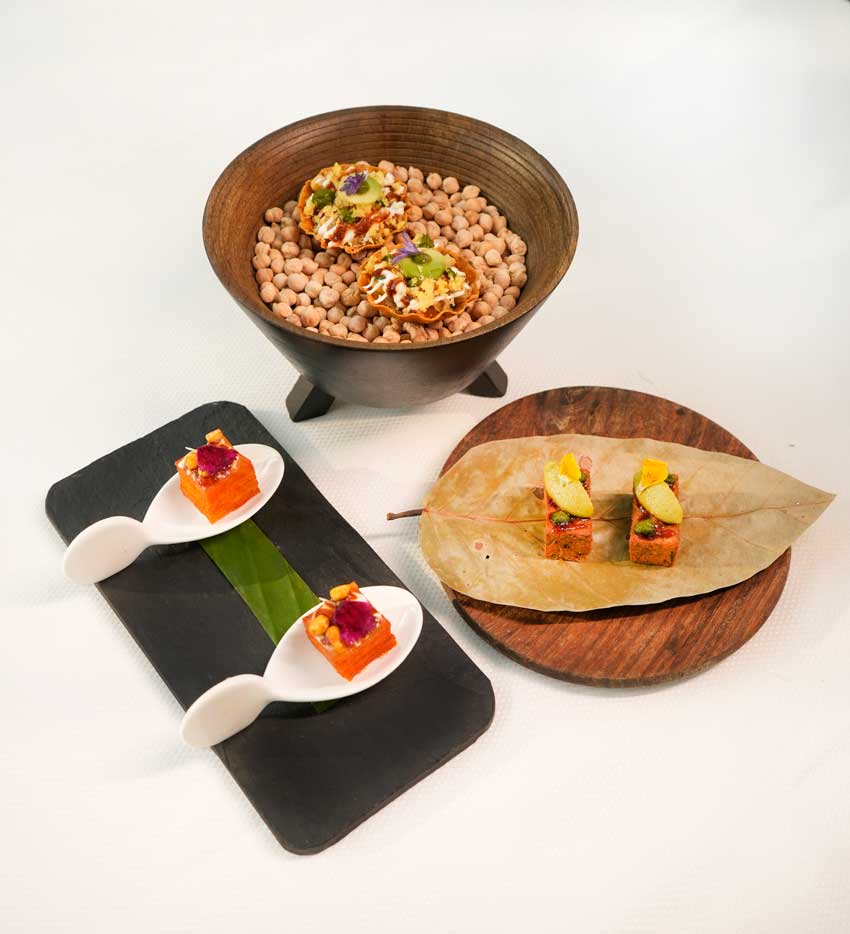
“In my experience, the role of visualisation in Indian fine dining has always existed—and it has a real impact on how a dish is received. We’re constantly exploring ways to create excitement on the plate through thoughtful elements like deconstructed presentations, unexpected textures, and the theatrical use of smoke or aromatic releases. It’s not just about the visual—it’s about creating an immersive experience,” he explains.
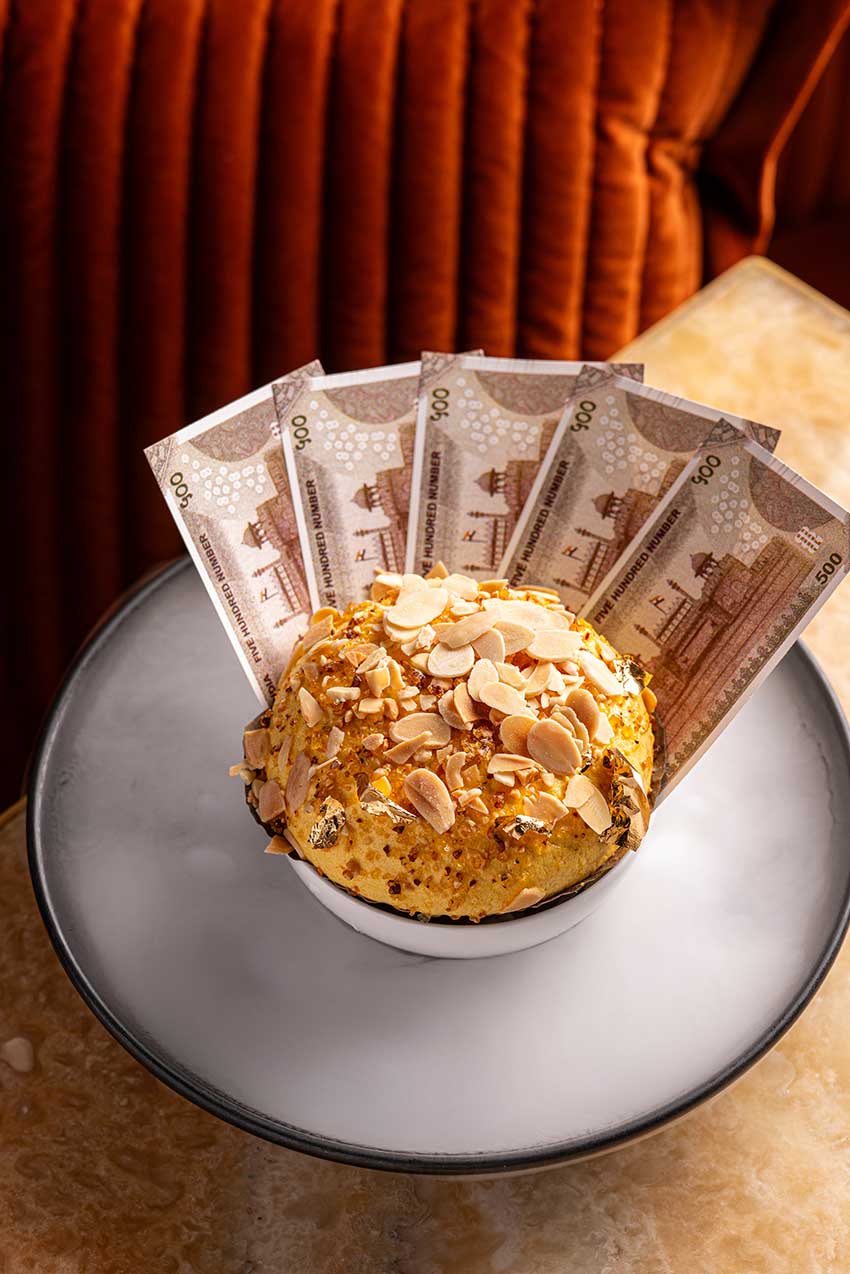
Citing the example of their iconic Daulat ki Chaat, served on a smoking platter to evoke the misty charm of Delhi winters, he adds, “The ingredient and the visual concept go hand in hand. Visual drama is the supporting actor—it enhances the story—but flavour is the non-negotiable lead.”
Make It Loud
From the crackle of hot ghee hitting iron to the plume of smoke rising from a sealed dum handi, Indian cuisine has always embraced sensory drama. Chef Rajesh Wadhwa, Grand Master Chef at Loya believes this theatricality has always been part of our culinary heritage—only now, it’s more intentional.
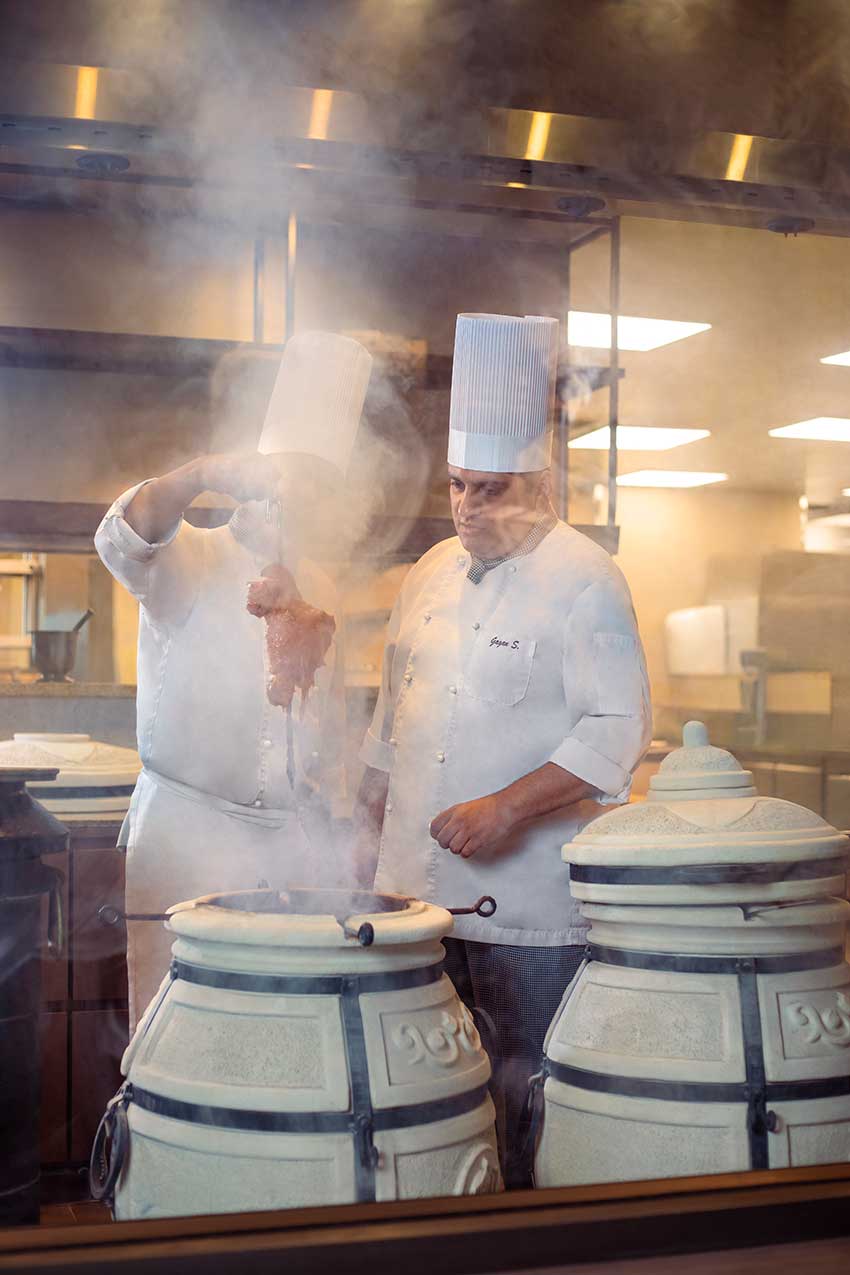
“We’ve embraced the essence of visualisation by placing our kitchen at the heart of the restaurant—open, visible, and alive. Here, the drama isn’t hidden. The hiss of dhungaar, the tossing of jakhiya seeds into hot ghee for baaghar, the aroma of slow cooking, or the rhythmic grind of the sil-batta—every technique becomes part of the dining experience. It’s storytelling in motion,” he says.
Chef Wadhwa emphasizes that this evolution isn’t just about aesthetics—it’s about immersing the diner in the making of the dish itself.
“One of my favourite examples is our Dal Ki Chaat, which becomes a journey of textures and surprises—presented in a way that captures the chaos and delight of a bustling chaat corner. Another is Dal Jakhiya, where the tableside tempering is the showstopper: oil heats in a small pan, and the jakhiya seeds crackle on cue, releasing an aroma that instantly transports you to the hills. One of our newest dishes, the Jwala Machchi, features a lovely tableside flambé.”
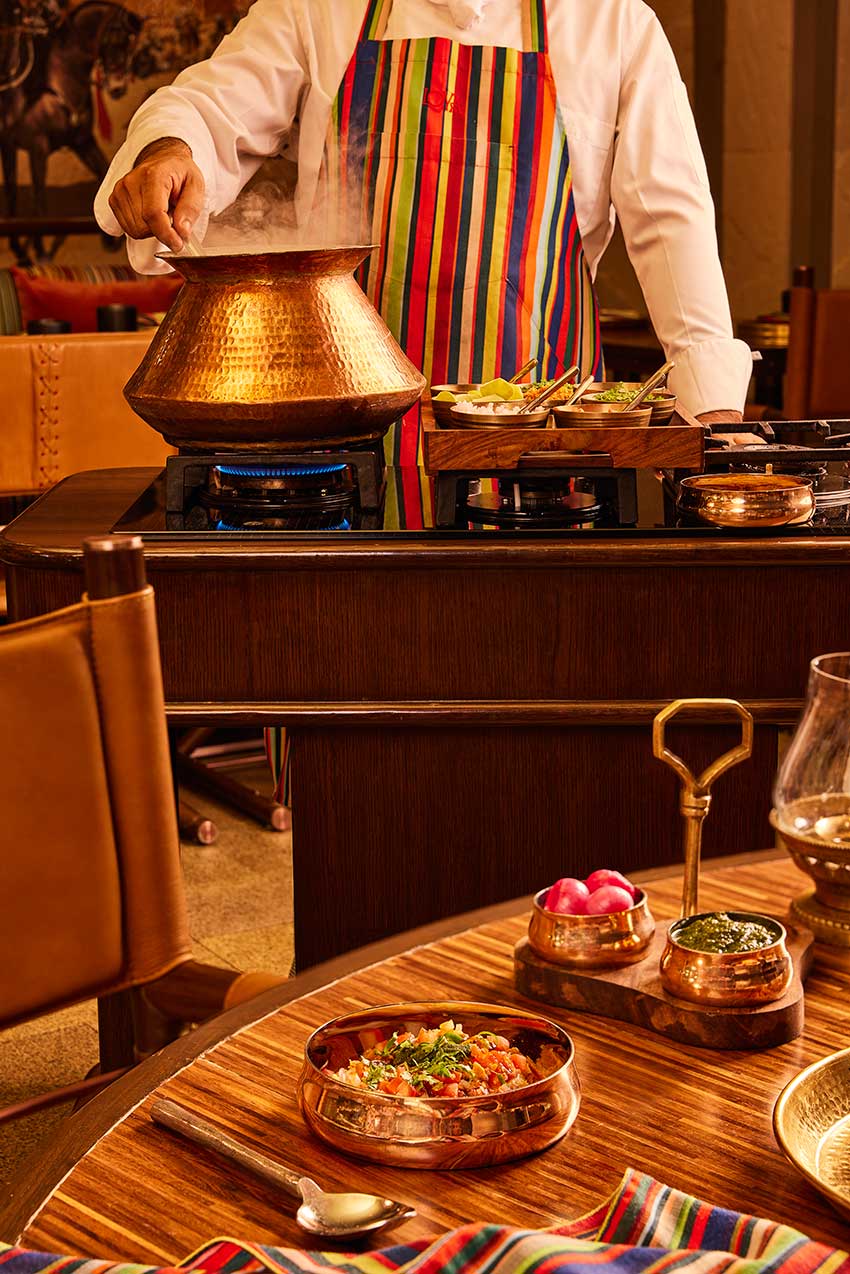
For Wadhwa, every performative dish is rooted in a deeper narrative. “Each plate connects to a story—of regions, of rituals, of moments we want our guests to feel and remember. The plate becomes a canvas, but the emotion comes first. The spectacle lies in the authenticity of the process. That’s why we lean into traditional techniques like dhungar, baaghar, and sil-batta—because the drama is inherent, not imposed.”
A Dash of drama
India’s culinary traditions have always offered multi-sensory experiences. From the colourful intricacy of a thali to the ritual of eating on banana leaves and the spiritual symbolism of prasad, food in India has always been more than sustenance.
Chef Manoj Kumar Pandey, Partner Chef at The Piano Man, echoes this idea. “Indian culinary traditions have always embraced storytelling—from royal feasts in Mughal courts to prasad offerings meticulously designed to honour deities,” he says. “What sets Indian fine dining apart for me is the fusion of modern technique with heritage. For example, dahi ke kebab shaped like lotus flowers or pani puri infused with flavoured foams combine visual artistry with cultural depth.”
According to Pandey, every dramatic plate begins with a compelling narrative. “Narrative-driven dishes thrive on emotion and immersion. Whether rooted in nostalgia, mythology, or a cinematic memory, the story shapes the flavours, textures, and visuals. Once the story is set, ingredients become tools of expression. Plating and performance come last—translating the concept into a tangible, sensory experience. This could involve techniques like smoke for mystery, colour gradients for emotion, or edible landscapes for immersion.”





